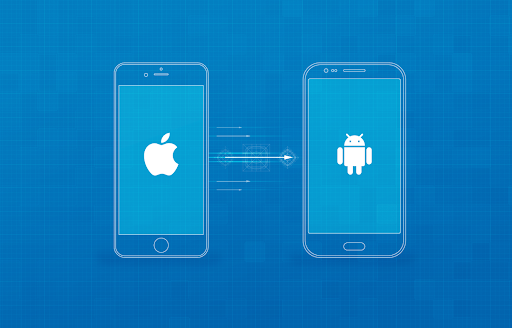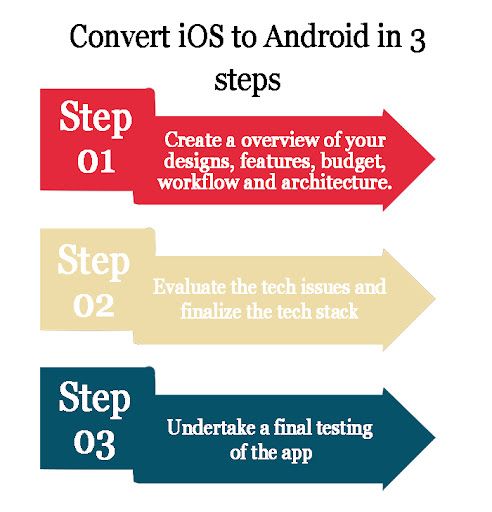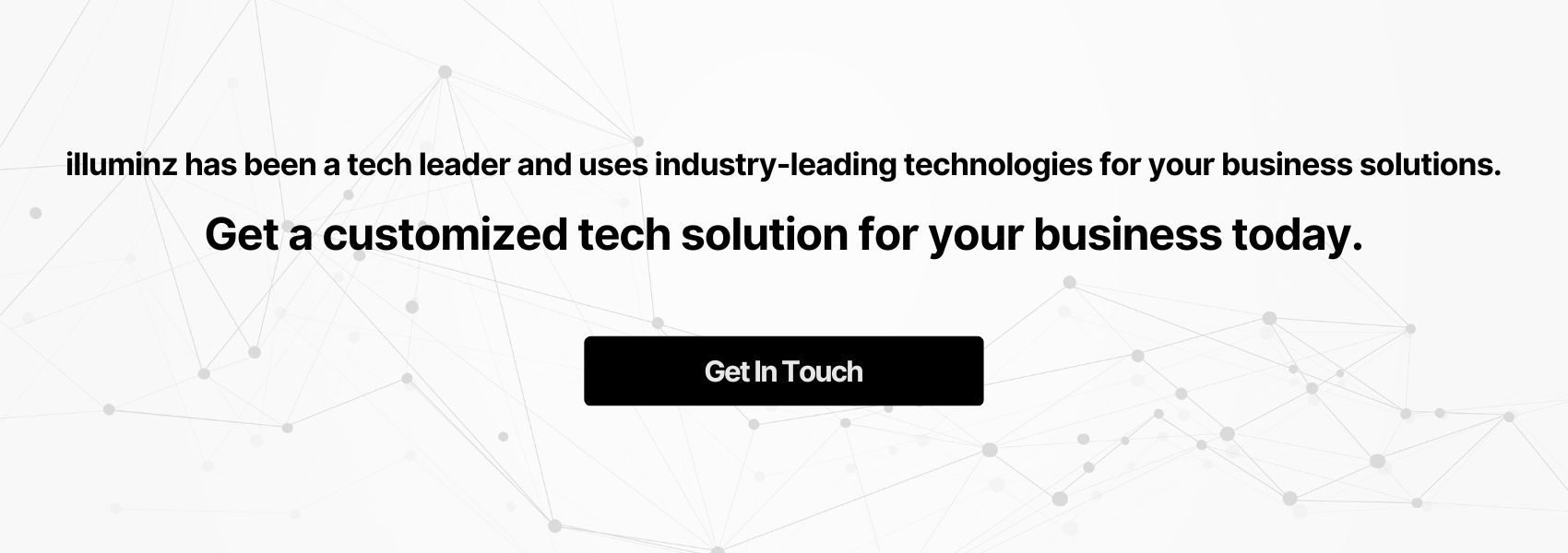Did you know that spotify was first launched on iOS and later to android. And within its first year, spotify had 6M app downloads on iOS, whereas 21M on android.
Imagine if the owner had thought to just stick to iOS?
iOS apps will surely get you more money, but it’s the android apps that will provide your app with rich user experience!
If you own an iOS app and are looking to convert it into an android app, then you are exactly where you need to be. This article is a comprehensive guide covering all the ifs and buts that may come your way.
Why should you convert your iOS app to Android?
Bigger percentage of potential users
Android secures 80% of the mobile OS market!
If you keep your application limited to only iOS then you could lose a huge percentage of the potential app users.
It's wiser to expand your reach.
Monetization options available
If you are of the mindset that you cannot monetize a mobile app, then my friend you are wrong. Even the worldwide revenue from the apps equals $52 billion and is expected to reach $100 billions.
There are different ways to easily monetize your app, you are just not familiar with them.
More features availability
To make android apps more efficient, Google has added some of the more attractive features-
- Widgets and push notifications
- Android wear
- Android intents
- Physical back button
Saves you time, effort and money
Replicating your iPhone application, can actually help you save on resources, as you are using the same design and structure while porting the apps.
This will also avoid the cost of hiring an android app development service.
Steps to convert your iOS app to Android app

Given the sources provided by the internet, owners assume that they can convert an iOS app to android or vice versa with ready made tools or converters.
Well, if you really want to create a successful conversion in your hands, then choosing a ready made tool or converter might not be the best option for you in the long run and you might wanna choose a trusted mobile application development company for that matter.
Here are the steps you can follow:

Mark out a proper plan
Blueprint before the actual house!
Your first step should be creating a rational idea about your designs, features, budget, workflow and architecture. You need to plan and analyze all the possible errors and hurdles that might come your way.
Keeping all of the above in mind, you can create a timeline to adhere to. When it comes to compatibility, you need to ensure the functioning of Back-end individualities, tools, frameworks and app porting process.
Evaluation and implementation of the plan
Time to execute the plan!
Evaluate all the tech issues by removing libraries, code and third-party services. Determine your budget and time allocations and then decide on a technology stack that fits your needs and start the app development process.
Don’t expect it to be completed in a week, it is similar to developing a single android app.
It encompasses features and design alteration by developing monetisation tools, android specific UX and setting up of the back end. Hence, it might take longer than a month.
The final test and the launching
Time to work out the kinks!
Just like any other app development, quality assurance is of utmost importance even if it’s while putting the apps. To ensure the quality, you can either use actual android devices or emulation tools for testing.
And if you hire a development services company, then they will sort this out for you by conducting various tests such as load testing, user acceptance testing, validation and beta testing.
Once you’re satisfied, you can submit the application to the Play Store and start marketing for your app.
Google play store is more lenient when it comes to app releasing compared to App store.
Challenges to encounter while app porting
Even if the above mentioned points have convinced you that porting apps is easy, you may encounter tons of challenges during the process.
The iOS UI and architecture for different screen sizes is obviously one of the biggest hurdles for a developer when porting the app.
Because iOS devices have certain screen sizes and hence various bitmap sizes are used for that device. But android apps are built according to a multitude of screens.
The second annoying thing about android is the availability of so many operating systems. Every few months, there comes out a new one making it hard to keep up with the changes.
Given the complications, chances of errors and connectivity issues are also higher when it comes to porting. So it’s important to pack in all the required functionalities.
Don’t let these challenges deter you from your mission.
We are sure that this guide has helped you get a better understanding of the pros and cons when it comes to porting of your apps. To stand out from the crowd, you can leave no stone unturned.
If you face any problem, or have any questions regarding the pricing or any whys or how's for that matter, our experts at illuminz, are here to help!


